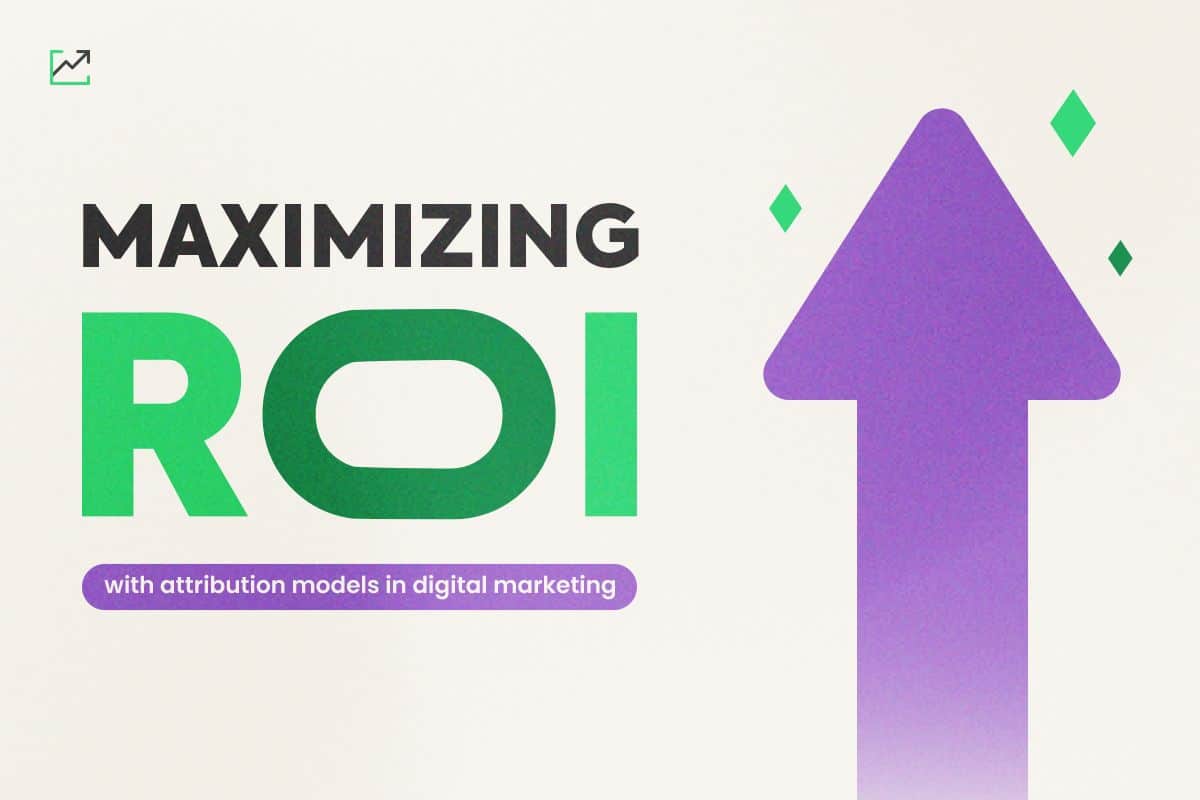In the vast world of digital marketing, both experienced veterans and enthusiastic newcomers are constantly seeking ways to increase their Return on Investment (ROI) in advertising campaigns. An effective strategy to achieve this goal is to utilize attribution models, which help us understand how each marketing channel contributes to sales and, ultimately, how to optimize our campaign performance. In this article, we will delve into detail about what attribution models are in digital marketing and how they can make a difference.
Index
What is an Attribution Model in Digital Marketing?
In an increasingly complex and diverse digital landscape, the attribution model stands out as an essential tool to determine how each marketing channel influences sales. While its fundamental concept may seem simple, its complexity is revealed as we delve deeper into it. However, with the right methodology, a robust attribution model not only unravels the mysteries of customer journeys but also optimizes the effectiveness of our campaigns.
Essentially, an attribution model allows us to assign value to each customer interaction with our brand throughout their journey. This is crucial in a time when consumers engage with brands in various ways through multiple channels. It’s no longer sufficient to attribute a conversion solely to the last click before a purchase; understanding the contribution of each touchpoint is necessary.
The Importance of Attribution Models in Digital Marketing
In an environment where consumer interactions with brands are increasingly varied and complex, the challenge arises of identifying which interactions truly influence the conversion process. Reconstructing customer journeys and extracting relevant information becomes a challenge in itself. Moreover, the quality and reliability of third-party data can be questionable, adding another layer of uncertainty.
In this context, the attribution model emerges as a scientific and methodological approach to gain clarity and insight from data. It becomes an essential tool for analyzing complex customer paths and understanding their behavior.
Exploring Attribution Models in Digital Marketing
The first step in attribution is reconstructing customer journeys, creating a 360-degree view of their interactions. This involves tracking and measuring every touchpoint a customer has with our brand, organizing them in chronological order. Once these journeys are reconstructed, we can apply different attribution models, each with its own advantages and disadvantages.
Rule-Based Attribution Models
These models are known for their accessibility and ease of application. They are neutral and present options such as:
- First click: Credit is attributed to the first interaction.
- Last click: Credit is attributed to the last interaction.
- Linear: Credit is equally distributed among all interactions.
- Position: Credit is shared among first, last, and intermediate interactions.
- Time decay: More weight is given to interactions closer to the conversion.
It’s also possible to create custom attribution models, although this requires deep prior knowledge of customer journeys.
Data-Driven Attribution (DDA) Models
These models use advanced data science and machine learning techniques to assign weights to interactions. While highly accurate, they require a considerable amount of data and development effort.
Defining an Attribution Strategy
There’s no universally correct or incorrect attribution model, but rather models suitable for each company’s specific strategy:
- Prioritizing Acquisition and Awareness: A first-click model might be suitable in this case.
- Converting Prospects into Customers: Last click could be the appropriate choice.
- Complex Journeys and Essential Interactions: Linear or time decay models might be more effective.
Once appropriate attribution models have been identified, it’s crucial to validate them through human analysis and use them as a reference to assess optimizations and progress.
Data-Driven Attribution Tools
Several tools are available in the market to implement data-driven attribution models, some of them include:
- Google Ads: Uses last-click and DDA models but requires a minimum threshold of clicks and conversions.
- Search Ads 360: Requires a minimum of clicks and conversions, covering various click types.
- Campaign Manager: Includes Search Ads 360 metrics as well as impression data.
- Google Analytics: Offers data-driven attribution across diverse channels.
- Google Analytics 360: Provides a more comprehensive view but also has minimum requirements.
Conclusion
Attribution models allow for a deep exploration of complex customer journeys, providing us with a richer understanding of their behavior. This understanding, combined with effective attribution tools, enables us to analyze and optimize our campaigns from various perspectives. At Grumft, we’re here to accompany you on this journey, providing the necessary support to uncover hidden insights in your marketing campaigns and maximize your ROI. Contact us to learn more!


